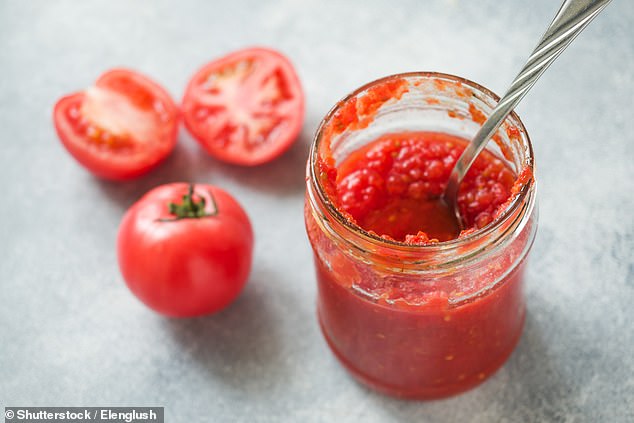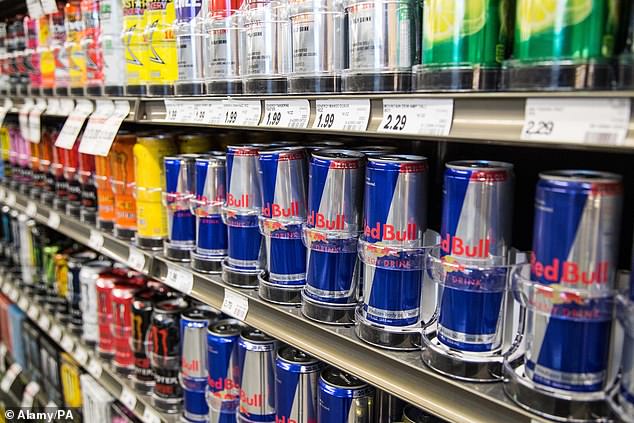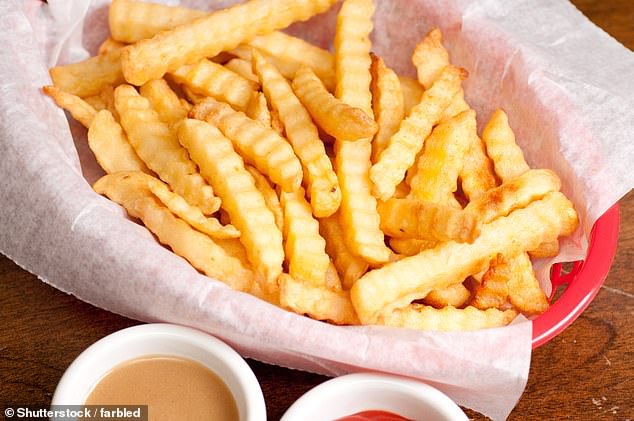Table of Contents
From convenience foods and frozen pizzas to flavored yogurts, ultra-processed foods are hard to avoid.
But according to Dr. Chris Van Tulleken, BBC presenter, infectious disease doctor and author of the popular book Ultra Processed People, it’s easy to make changes.
Not only will they save you from ingesting extra chemicals added to food, but they can also cut 500 calories from your daily diet.
Ultra-processed foods (UPF) include snack foods, industrially produced bread, and other packaged foods that contain ingredients such as preservatives, emulsifiers, and artificial colors and flavors that are not typically used when people cook from scratch.
According to recent data, UPFs now account for around half of the calories consumed by the average British adult and two-thirds of those consumed by children in the UK.
However, studies have consistently shown that eating too many processed things can increase the risk of heart attacks, strokes, cancer, and type 2 diabetes.
Now, in a new documentary, Dr. Van Tulleken will reveal why UPFs are so hard to resist and how to easily swap them for something healthier.
Here are the six alternatives he recommends:
According to Dr. Chris Van Tulleken, author of Ultra Processed People (pictured), much healthier changes can be made with these convenience foods.
Swap pasta sauce jars for a can
Instead of using a ready-made tomato sauce straight from a jar to mix into pasta, you should try making a simple sauce from scratch.
It may seem daunting, but Dr. Van Tulleken insists it will only take a couple of extra minutes and can be made with two ingredients: a can of tomatoes and a little salt.
“If you really want to keep things simple, even a can of tomatoes with a little salt will be fine,” he told bbc.
However, if you have a little more time, he suggests frying some garlic and onion before adding canned tomatoes, a little salt and a little vinegar to make it “better than anything from the store.”
Some jars of pasta sauce are minimally processed, but others, which have a longer shelf life, are extensively processed.
Although the main ingredients, such as tomatoes, are healthy, sometimes these sauces contain additional salt and sugar.
A typical jar of tomato pasta sauce seasoned with garlic and basil has about 130 calories per serving.
But a can of tomatoes contains only 50 calories per serving, meaning you could save 80 calories by making this switch.

Instead of using a ready-made tomato sauce straight from a jar to mix into pasta, you should try making a simple sauce from scratch using a can of tomatoes.
Homemade stir fry sauces on a packet
Pre-made stir-fry sauces are a time-saving option often touted on supermarket shelves, but Dr. Van Tulleken gives a recipe idea that he claims will take one minute to prepare, about the same time as It takes time to open a package.
Instead of using a pre-mixed bag with the noodles, he recommends making a quick sauce with one-third water, two-thirds soy sauce, a little sugar, sesame oil, and a splash of vinegar.
If you have a little more time, you can also choose to add spices such as star anise, he adds.
Buying a premixed Chinese-style stir-fry sauce has about 75 calories, but making your own at home has only 50, saving you about 25 calories without the added chemicals.
Tea and coffee are better than energy drinks
You don’t have to give up caffeine when you decide to cut out UPF, just don’t drink sugary energy drinks, warns Dr. Van Tulleken.
An energy drink contains about 110 calories and about 30 g of sugar per 250 ml can, while a cup of coffee, with a splash of semi-skimmed milk, contains about 20 calories, that is, 90 fewer calories.
Because coffee is made from just beans and water, even if you add two tablespoons of sugar, it’s much better for you than energy drinks, he says.
“The only advice I would give to anyone is that humans should only drink water or, if their culture allows it, milk,” Dr. Van Tulleken said.
Some experts suspect that drinking too many energy drinks may increase the risk of colon cancer, due to the drinks’ high levels of sugar and taurine, an amino acid commonly found in meat, fish and eggs and added to many energy drinks, including Red Bull.
Scientists have suggested that the ingredient could partly explain the rise in colon cancer among young people, who tend to drink more energy drinks than other groups, in particular.
It has also been suggested that it “feeds” harmful bacteria that have been found in the intestines of people with colorectal cancer, driving the growth of the disease.

An energy drink contains about 110 calories and about 30g of sugar per 250ml can, while a cup of coffee with a splash of semi-skimmed milk contains about 20 calories.
Frozen fruit and yogurt instead of ice cream.
Instead of eating a couple scoops of ice cream that contain about 20g of sugar and 200 calories, Dr. Van Tulleken simply eats some frozen fruit mixed with some yogurt.
Making this ice cream swap could save you about 70 calories.
He even admits adding a small amount of sugar to the fruit if he needs it, but always opts for natural yogurt over flavored ones.
This is because flavored, sugar-free and low-fat yogurts are ultra-processed, as they contain artificial substances to improve flavor, color and overall appeal.
Some also contain stabilizers and preservatives, which are designed to keep them fresher longer on supermarket shelves.
Eat nuts instead of chips
If you’re craving a salty snack, instead of opening a packet of chips, try eating raw nuts with a pinch of salt.
A 25g packet of crisps contains 0.34g of salt and 130 calories, while a packet of roasted, salted nuts of the same weight contains approximately 160 calories and 0.14g of salt.
However, a healthier snack is just a handful of raw nuts, which contain about 150 calories and less than 0.1 g of salt.
But Dr. Van Tulleken confesses that with a jar of salted nuts he could eat everything in one sitting, but with raw nuts he will eat half.
If plain nuts don’t cut it, he suggests purchasing a small dish of salt for dipping.

Both homemade and frozen French fries contain about 200 calories per serving, but frozen French fries contain added preservatives.
Baked wedges on frozen French fries
Cutting up a potato and cooking it in a little oil, salt and pepper is much better than putting a tray of frozen French fries in the oven.
Although both methods contain about 200 calories per serving, cooking it yourself means avoiding added preservatives.
Dr. Van Tulleken explains that frozen French fries are not just a potato and a little oil: many bags of French fries are coated with the additive maltodextrin and flavorings.
Maltodextrin is a powder made from corn, rice, potato starch or wheat, but it is highly processed.
It has a high glycemic index (GI) value, which means it can cause an increase in blood sugar.
It is safe to consume this chemical in very small amounts, but people with diabetes should be especially careful about how much they consume.

